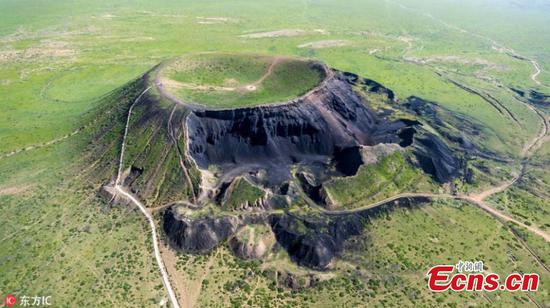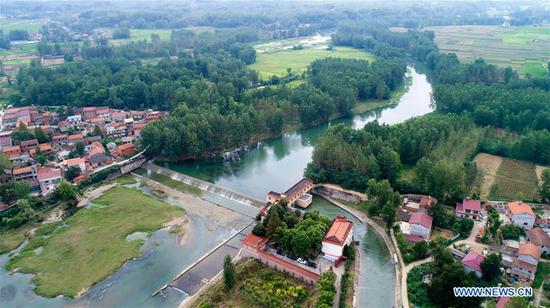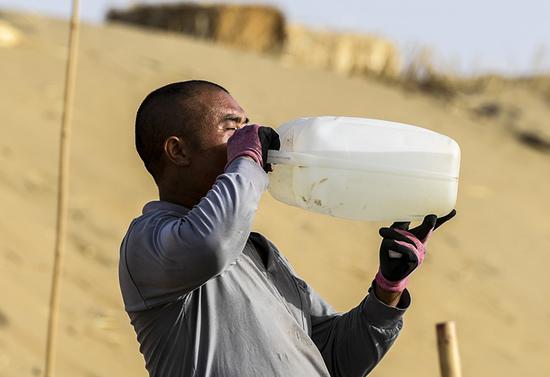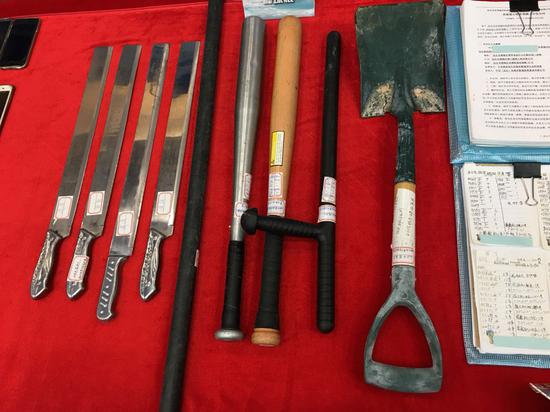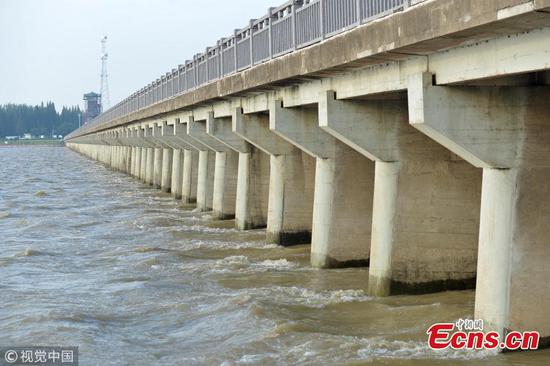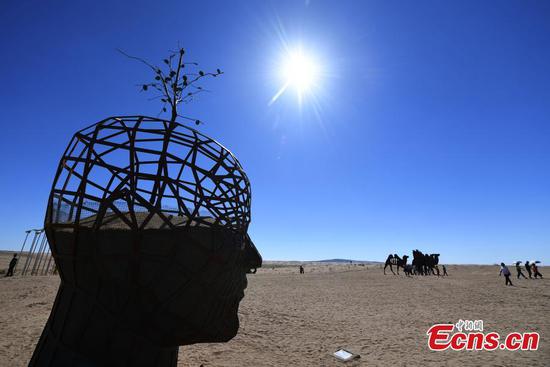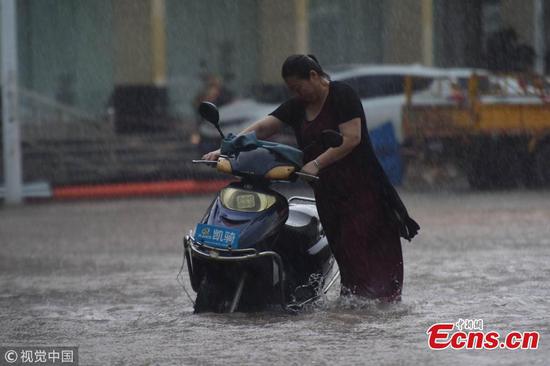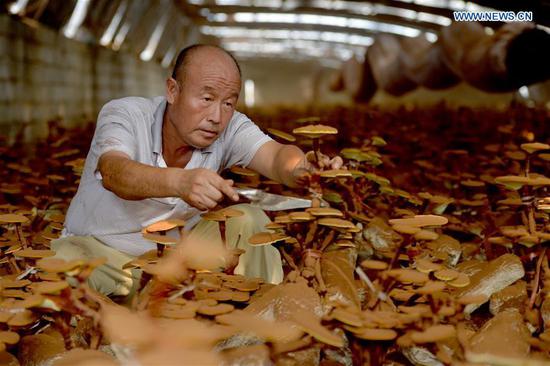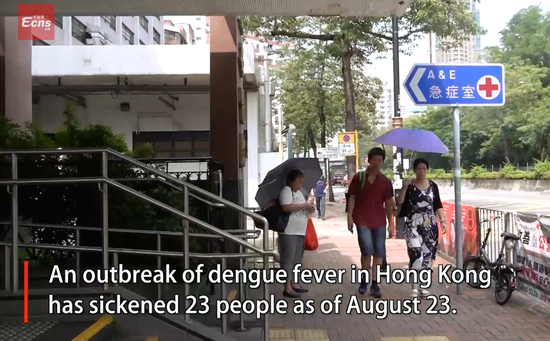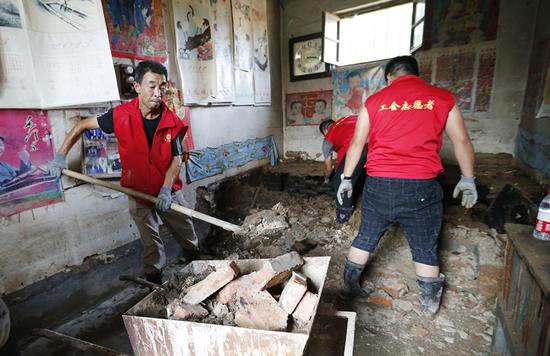
Volunteers help cleanse a villager's flooded home in Shouguang, Shandong province, on Friday. CHINA DAILY
Shouguang farmers suffer great losses; prices may be affected
Four days after Typhoon Rumbia hit eastern China, parts of Shandong province, particularly the city of Shouguang - China's largest vegetable production base - are still suffering from the flooding it triggered.
By Friday, Rumbia had left 24 dead and three missing in Shandong. More than 610,000 hectares of farm area had been damaged, of which 37,900 hectares will not yield any agricultural products, according to the provincial Civil Affairs Department.
More than 11,000 livestock, including cows, pigs and sheep, died in the flood and 13,317 houses were leveled. Total economic losses are estimated to reach 21.5 billion yuan ($3.15 billion), official data shows.
Shouguang, located at the lower section of the Mihe River, suffered the worst loss as three reservoirs in other cities at the upper section of the Mihe discharged water for two days to avoid flooding. The Mihe River flows down from Linqu county of Shandong to merge into the Bohai Sea in Shouguang.
However, the discharged water overflowed the river, causing the death of over 10,000 livestock, damaging over 200,000 vegetable greenhouses and bringing down about 10,000 houses in Shouguang, the city government said.
The heavy loss is due to the lack of time to evacuate livestock. Villages started evacuating in the afternoon on Aug 19, so the water discharge hasn't caused any casualties, local officials said.
Zhou Shouzong, chief of the water resources bureau of Weifang, a city that has jurisdiction over Shouguang, said the decision to discharge water from the three reservoirs was to ensure the lives of millions of people living in the lower reaches of the river. "If we didn't do so, the flood would have seriously threatened the safety of the reservoirs, and may even have caused the dams to collapse," he was quoted by local media as saying.
But the heavy loss has triggered public discussions about why so many livestock are being raised and houses built in the floodway. By press time, there was no official response to the question.
By Friday afternoon, many villagers in Shouguang had returned home and started rebuilding their houses. Rescue and relief work was under way with a special emergency fund allocated and necessary goods including tents, quilts, beds and flashlights transported to the affected areas.
Measures have also been taken to deal with dead livestock to prevent the spread of disease, according to the local government.
Shouguang is China's largest vegetable production base. The city's flooding has affected vegetable prices across Shandong, and may push up prices of certain vegetables nationwide.
The price index of vegetables produced at Shouguang during the week from Aug 13 to 19 has increased by 10.3 percent over the previous week, according to a report published by the market operation and consumption promotion bureau of the Ministry of Commerce on Wednesday.
"The price of dozens of vegetables has increased due to the weather conditions," said Yin Shan, a monitor at the price bureau of Shizhong district of Jinan, capital of Shandong.
"The price for a kilogram of celery, Chinese cabbage and bighead cabbage has increased by 50 percent, 66 percent and 40 percent respectively compared to last month," she said.
Rumbia made landfall in China on Aug 17 in Shanghai, and then traveled through Jiangsu, Anhui and Henan provinces to reach Shandong on Saturday, and turned toward the northeastern provinces on Monday.














